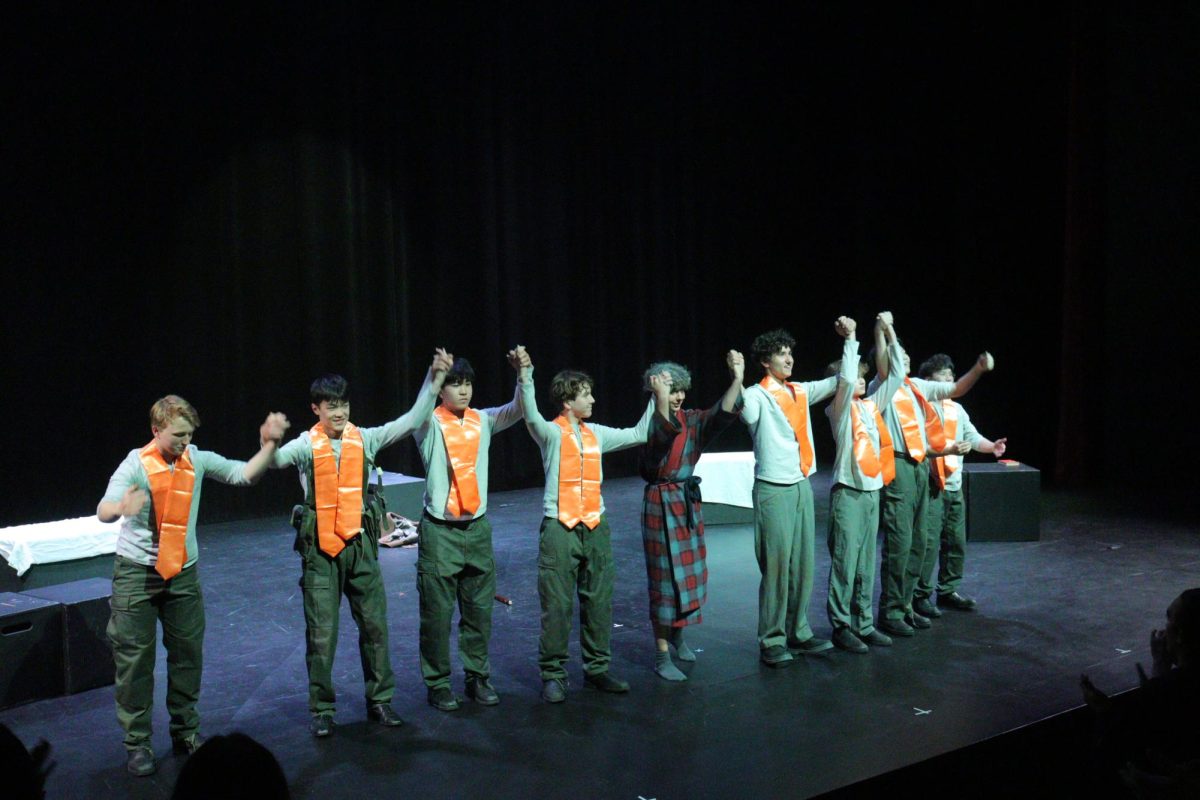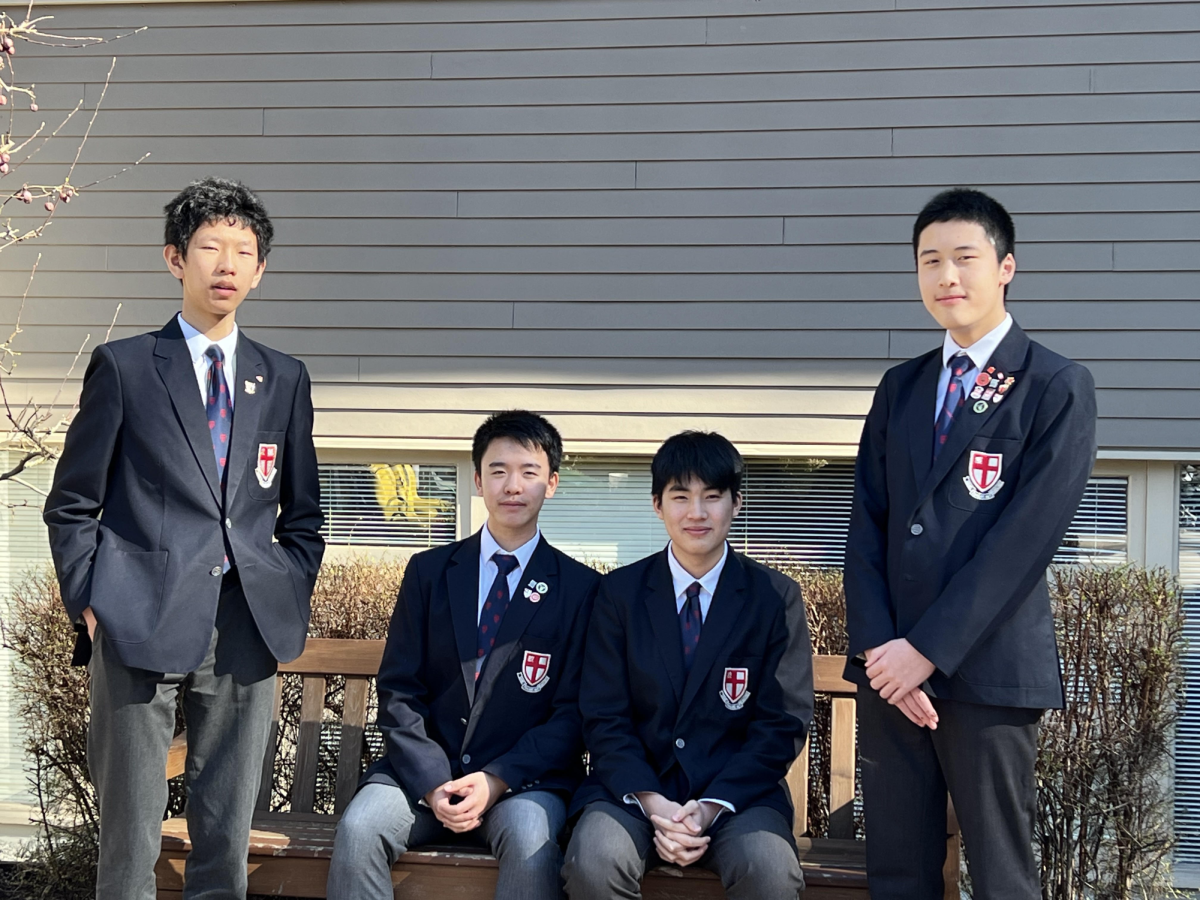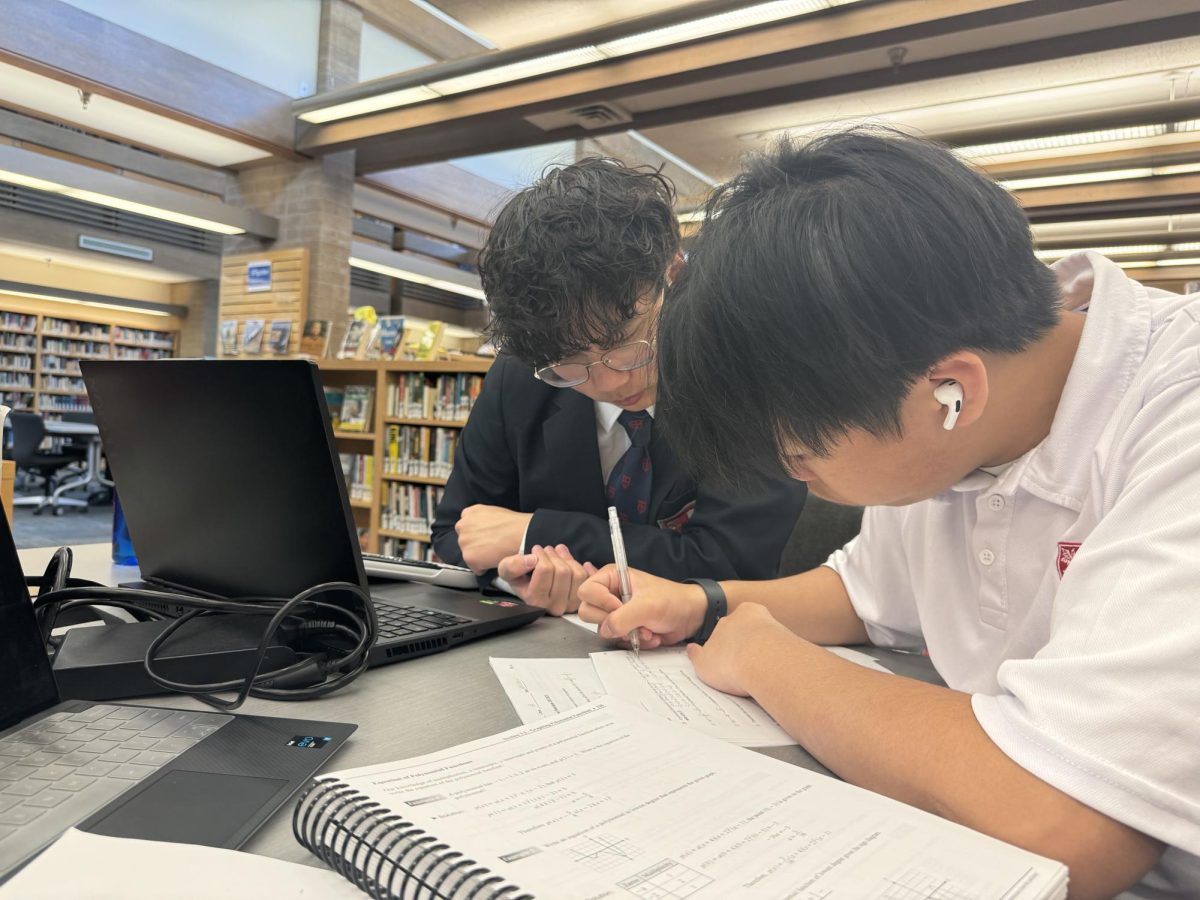The anticipation of a new school year at St. George’s typically comes with many expectations. Students and staff alike brace themselves for the new changes that often greet them in September. However, this year, murmurs echo through the halls, not about the fresh faces of students or faculty members, but from a schedule change: the new Connection Block.
Inserted into the day twice a week, the connection block—a 30-minute window immediately following the second block—is intended to help students. According to the Student Life Canvas page, its purpose is clear: “to support your academics, take care of your physical and social well-being, and connect with the community.” However, as the first weeks went by, many felt that the reasoning for the Connection Block wasn’t clear.
Head of grade 11, Ms. Konopaki, explained that the intention behind the “connection block is to build space into our daily schedule to do things we would have to do before or after school.”
In a conversation, a tenth-grade student, wishing to remain anonymous, expressed that the connection block was actually worsening his mental health. “It’s robbing me of thirty minutes of sleep four days a week.”
Jackson Baxter, a vocal eleventh-grader, echoed similar sentiments, noting that “the connection block is only used for connecting two times a week due to assembly and advisory.”
On the other hand, some students have found comfort in the break. Grade 11 student William Skene highlighted the block’s utility in helping with productivity and cross-grade connections. “The connection block has been helpful to get work done and talk with the younger grades I do not get to see due to staggered lunches.”
St. George’s deals with a range of perspectives. The connection block for some students has been an irritating adjustment, while for others it has been a blessing in disguise. It’s important to remember that everyone’s experience is unique, and what works for one person may not work for another. With that in mind, acknowledging and respecting a diversity of perspectives can lead to a greater understanding of the student body.















